Kids Media VS Adult Viewing
Is It Ok For Adults To Watch Kids Movies And TV Shows And Listen To Kids Music
In a media landscape saturated with violence, cynicism, and overstimulation, the question of whether adults should engage with children’s entertainment is more than a cultural curiosity—it’s a psychological and symbolic inquiry. From animated series like Bluey and Avatar: The Last Airbender to musical acts like The Wiggles and Encanto, children’s media is increasingly embraced by adults not as guilty pleasure, but as emotional refuge. This shift challenges long-held assumptions about maturity, taste, and identity. It asks us to reconsider what it means to grow up—and whether growing up must mean growing out of joy, softness, and simplicity. Adults who watch kids’ shows or listen to children’s music are often seeking emotional clarity, sensory regulation, or symbolic healing. These choices are not regressions. They are acts of restoration. They reflect a desire to reconnect with parts of the self that remain vulnerable, playful, and emotionally alive. What if children’s media is not just for children—but for the child within every adult who still needs care, clarity, and connection?
Emotional Architecture – Why Simplicity Soothes The Adult Brain
Children’s media is designed with emotional clarity, predictable structure, and sensory softness. These elements are not just appealing to children—they are therapeutic for adults. When life feels overwhelming, the adult brain seeks low-stakes, high-reward content. Cartoons and sing-alongs offer precisely that. They reduce cognitive load while activating emotional resonance. This isn’t escapism—it’s regulation. Adults with anxiety, depression, or neurodivergence often find relief in the gentle pacing and moral coherence of children’s shows. The absence of cynicism, violence, or ambiguity creates a safe container for emotional rest. Bright colors, melodic repetition, and clear character arcs support parasympathetic activation, calming the nervous system. These design choices are intentional. They’re rooted in developmental psychology but applicable across age groups. For adults, watching children’s media can feel like returning to a place where emotions are named, needs are met, and kindness prevails. It’s not about pretending to be a child—it’s about honoring the parts of the self that still need care. This emotional architecture is not simplistic—it’s sophisticated. It reflects a deep understanding of how humans process emotion, memory, and meaning. And it offers adults a rare space of emotional safety in a world that often demands detachment.
Table – Emotional Design Features In Children’s Media
| Feature | Psychological Effect | Adult Benefit |
|---|---|---|
| Predictable Story Arcs | Reduces anxiety | Emotional safety |
| Bright Visuals | Stimulates dopamine | Mood elevation |
| Repetitive Music | Activates memory and rhythm | Comfort and familiarity |
| Clear Moral Lessons | Reinforces empathy and values | Ethical clarity |
| Slow Pacing | Lowers cognitive demand | Mental rest |
Nostalgia And Identity – Memory As Emotional Anchor
Nostalgia is not just sentimentality—it’s a neurological process that reinforces identity and emotional continuity. When adults revisit the media of their childhood, they’re reconnecting with formative emotional states. These memories are encoded with safety, joy, and belonging. Watching Sesame Street or listening to The Wiggles isn’t just entertainment—it’s a return to a time when life felt simpler and more secure. This emotional anchoring is especially powerful during transitions: grief, relocation, parenthood, or burnout. Nostalgia offers stability. It reminds adults of who they were before the world demanded performance and productivity. It’s a way of reclaiming softness without shame. And in doing so, it reinforces emotional resilience. Nostalgia also supports identity integration. It allows adults to reflect on how they’ve changed—and what they’ve carried forward. This process is not regressive—it’s reflective. It honors the emotional continuity of the self. And it validates the emotional intelligence embedded in childhood media.
Table – Nostalgia Triggers And Emotional Outcomes
| Trigger | Emotional Outcome | Example |
|---|---|---|
| Childhood Theme Songs | Comfort and grounding | Bananas in Pyjamas |
| Familiar Characters | Emotional safety | Winnie the Pooh |
| Rewatching Old Cartoons | Identity reinforcement | Looney Tunes, Arthur |
| Family Movie Rituals | Social bonding | The Lion King |
| Old Toy Commercials | Joy and memory activation | Play School |
Cultural Shifts – The Collapse Of Age-Based Media Boundaries
Streaming platforms have disrupted traditional media segmentation. Content is now algorithmically recommended, not age-gated. Adults are exposed to children’s media through nostalgia, parenting, or curiosity. Shows like Bluey, Steven Universe, and Encanto are designed with layered storytelling that appeals across generations. This isn’t accidental—it’s strategic. Studios recognize the emotional and economic value of cross-generational engagement. The stigma around adults watching kids’ media is fading. Cultural norms are shifting toward emotional openness and play. Adulthood is being redefined—not as stoic detachment, but as integrated emotional literacy. In this landscape, children’s media becomes a legitimate site of adult meaning-making.
Table – Cross-Generational Media Design
| Show/Film | Child Appeal | Adult Appeal |
|---|---|---|
| Bluey | Humor, imagination | Parenting themes, emotional nuance |
| Encanto | Music, magic | Intergenerational trauma |
| Steven Universe | Adventure, friendship | Queer identity, emotional growth |
| Moana | Hero’s journey | Self-determination, grief |
| Frozen | Sisterhood, magic | Boundaries, emotional repression |
Emotional Intelligence In Children’s Media – Lessons Adults Still Need
Children’s media is often dismissed as simplistic, but its emotional architecture is anything but. These stories are designed to teach empathy, resilience, communication, and self-awareness—skills that many adults still struggle to master. Shows like Daniel Tiger’s Neighborhood model emotional regulation through song and repetition, offering language for feelings that even grown-ups find difficult to articulate. Inside Out visualizes the complexity of emotional states in a way that resonates with therapists and parents alike. These narratives don’t just entertain—they educate. They offer scripts for conflict resolution, self-soothing, and boundary-setting. Adults who grew up without emotional literacy often find these lessons revelatory. They’re not learning to be children—they’re learning to be whole. Emotional intelligence is not innate; it’s cultivated. And children’s media, at its best, is a training ground for that cultivation. Adults who engage with these stories are not regressing—they’re repairing. They’re filling in emotional gaps left by a culture that often prioritizes achievement over attunement. This is especially true for men, who are often socialized to suppress vulnerability. Watching a cartoon character name their feelings or apologize sincerely can be disarming—and healing. These stories model what many adults never saw: emotional accountability, mutual care, and the power of naming what hurts. In this way, children’s media becomes a mirror, not a mask. It reflects the emotional fluency we all need, regardless of age.
Table – Emotional Skills Modeled In Children’s Media
| Skill | How It’s Modeled | Example Show or Song |
|---|---|---|
| Naming Emotions | Characters verbalize feelings | Daniel Tiger’s Neighborhood |
| Apologizing | Sincere repair after conflict | Bluey, Arthur |
| Asking For Help | Normalized through story arcs | Dora the Explorer |
| Setting Boundaries | Characters say “no” respectfully | Sesame Street |
| Processing Grief | Symbolic storytelling | Inside Out, Frozen 2 |
The Science Of Music And Mood – Why Kids Songs Hit Different
Children’s music is engineered for emotional accessibility, rhythmic engagement, and memory retention. These qualities make it uniquely powerful—not just for children, but for adults seeking emotional regulation. Simple melodies, repetitive lyrics, and upbeat tempos activate dopamine and oxytocin pathways in the brain. This isn’t trivial—it’s neurological design. Songs like Hot Potato or Let It Go are structured to be instantly memorable and emotionally resonant. For adults, these songs can trigger nostalgia, joy, and even tears. The repetition creates a sense of safety. The predictability lowers anxiety. And the emotional themes—friendship, courage, belonging—are universally relevant. Adults who listen to children’s music are often seeking emotional grounding. They’re not escaping reality—they’re recalibrating. Music is one of the most direct paths to emotional regulation. It bypasses language and taps into rhythm, breath, and memory. Children’s music, with its simplicity and sincerity, offers a kind of emotional honesty that adult music often avoids. It’s not ironic. It’s not performative. It’s direct. And that directness can be deeply healing. For neurodivergent adults, especially those with sensory sensitivities, children’s music offers structure without overwhelm. It’s designed to soothe, not stimulate. And in a world of chaotic soundscapes, that design matters.
Table – Neurological Effects Of Children’s Music On Adults
| Musical Feature | Brain Response | Emotional Outcome |
|---|---|---|
| Repetition | Activates memory circuits | Familiarity and comfort |
| Simple Melody | Stimulates dopamine | Joy and motivation |
| Upbeat Tempo | Regulates heart rate | Energy and mood elevation |
| Clear Lyrics | Reduces cognitive load | Emotional clarity |
| Call-and-Response | Engages social brain | Connection and playfulness |
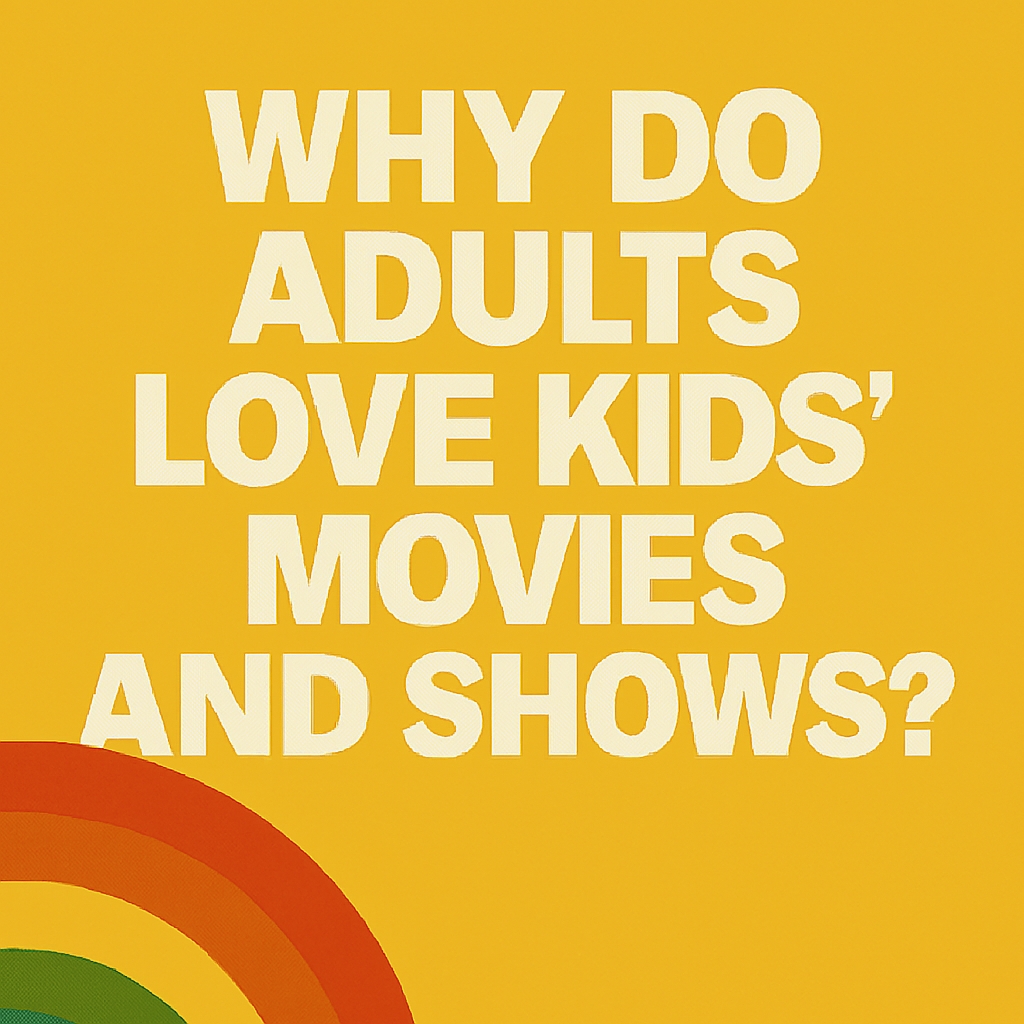
The Role Of Animation – Visual Language And Symbolic Power
Animation is not just a genre—it’s a symbolic language. It allows creators to visualize emotions, metaphors, and psychological states in ways that live-action cannot. For adults, animation offers a space where reality bends toward meaning. Shows like Adventure Time or Inside Out use visual abstraction to explore grief, identity, and transformation. These stories are not childish—they’re archetypal. They tap into mythic structures and emotional truths. Animation also bypasses realism, allowing viewers to engage with emotion without defensiveness. A talking animal or a magical kingdom can feel safer than a realistic drama. This safety enables deeper emotional engagement. Adults who watch animated children’s media are often seeking symbolic clarity. They’re drawn to the visual metaphors that make complex feelings understandable. Animation also supports neurodivergent processing. Its visual consistency, color coding, and exaggerated expressions help decode social cues. For many adults, especially those with autism or ADHD, this decoding is essential. Animation becomes a tool for emotional literacy. It’s not about fantasy—it’s about function. And that function is deeply human. In a culture that often equates realism with seriousness, animation offers an alternative: symbolic depth without emotional threat.
Table – Symbolic Functions Of Animation In Children’s Media
| Visual Element | Symbolic Function | Adult Interpretation |
|---|---|---|
| Color Coding | Emotional signaling | Mood recognition |
| Exaggerated Expressions | Social cue amplification | Empathy and decoding |
| Magical Settings | Emotional metaphor | Safe exploration of trauma |
| Talking Animals | Archetypal roles | Identity and transformation |
| Nonlinear Time | Memory and healing | Processing grief and change |
Intergenerational Bonding – Watching With Kids Versus Watching Alone
Children’s media is often designed for co-viewing. It invites adults and children into shared emotional landscapes. Watching together creates rituals, conversations, and emotional bridges. But many adults also watch alone. This solo engagement is not shameful—it’s reflective. It allows adults to process their own emotions without the performative layer of parenting. Whether shared or solitary, children’s media fosters connection. It models relationships, repairs, and emotional attunement. For parents, watching with children can be a way to understand their emotional world. For non-parents, it can be a way to reconnect with their own. These experiences are valid. They’re not childish—they’re relational. Media becomes a tool for emotional intimacy. It creates shared language. It offers scripts for conflict resolution and care. And it builds emotional fluency across generations. Adults who watch children’s media with kids are not just entertaining—they’re co-regulating. They’re modeling emotional engagement. And adults who watch alone are not isolating—they’re integrating. They’re honoring the emotional parts of themselves that still need attention.
Table – Modes Of Engagement With Children’s Media
| Viewing Context | Emotional Function | Symbolic Outcome |
|---|---|---|
| Co-Viewing With Children | Builds relational scripts | Emotional modeling |
| Solo Viewing | Supports self-reflection | Emotional integration |
| Family Rituals | Reinforces belonging | Intergenerational bonding |
| Rewatching Favorites | Anchors memory | Identity continuity |
| Singing Together | Activates social brain | Joy and connection |
The Infantilization Debate – Is This A Rejection Of Adulthood
Critics often frame adult engagement with children’s media as infantilization. They argue that it reflects emotional immaturity or cultural decline. But this framing ignores the emotional intelligence embedded in these choices. Watching Bluey or listening to The Wiggles is not about pretending to be a child—it’s about reclaiming emotional safety. Adulthood, as traditionally defined, often demands suppression of vulnerability. Children’s media offers an alternative: emotional openness without shame. This is not regression—it’s resistance. It challenges the idea that maturity requires detachment. It affirms that softness is strength. Adults who engage with children’s media are not rejecting adulthood—they’re redefining it. They’re choosing emotional literacy over stoicism. They’re choosing joy over cynicism. And they’re choosing connection over isolation. Infantilization implies a loss of agency. But these choices are intentional. They reflect emotional needs, symbolic healing, and cultural critique. They say: adulthood can include play, care, and emotional depth. And that inclusion is not weakness—it’s wisdom.
Table – Infantilization Versus Emotional Integration
| Critique | Assumed Meaning | Reframed Interpretation |
|---|---|---|
| “Childish” Preferences | Immaturity | Emotional safety |
| Avoidance Of Adult Media | Escapism | Regulation and healing |
| Nostalgic Rewatching | Regression | Identity integration |
| Singing Kids Songs | Embarrassment | Joy and sensory grounding |
| Watching Cartoons Alone | Isolation | Reflective emotional care |
Mental Health And Media – Therapeutic Uses Of Children’s Content
Children’s media is increasingly used in therapeutic contexts. Psychologists, counselors, and educators incorporate cartoons, songs, and stories into emotional interventions. These tools are effective because they simplify complex emotions. They offer metaphors, scripts, and sensory regulation. For adults in therapy, revisiting childhood media can unlock memories, process trauma, and build emotional vocabulary. Shows like Inside Out or Bluey are used to model emotional repair and self-awareness. Music from children’s shows is used in mindfulness and breathwork. These interventions are not childish—they’re strategic. They reflect the emotional intelligence embedded in children’s media. Adults who use these tools are not avoiding reality—they’re engaging with it more deeply. They’re building emotional scaffolding. They’re learning to name, feel, and express. And they’re doing so through media that feels safe, sincere, and accessible. This therapeutic use is growing. It reflects a broader cultural shift toward emotional literacy. And it affirms that children’s media is not just entertainment—it’s emotional infrastructure.
Table – Therapeutic Applications Of Children’s Media
| Media Type | Therapeutic Use | Adult Benefit |
|---|---|---|
| Animated Films | Trauma processing | Emotional clarity |
| Children’s Songs | Breathwork and regulation | Nervous system support |
| Cartoons With Repair | Modeling conflict resolution | Relational healing |
| Storybooks | Metaphor for emotional states | Symbolic understanding |
| Repetitive Narratives | Anchoring and safety | Anxiety reduction |
Cultural Gatekeeping – Who Decides What’s Age Appropriate
Cultural norms around media consumption are shaped by gatekeepers—critics, educators, marketers, and social commentators—who define what is “appropriate” for different age groups. These definitions are often arbitrary, rooted in outdated models of development and maturity. Children’s media is frequently dismissed as unserious, despite its emotional sophistication. Adults who engage with it are sometimes ridiculed, not because the content lacks value, but because it challenges rigid norms. This gatekeeping reflects deeper anxieties about identity, control, and cultural hierarchy. It assumes that adulthood must be marked by detachment, irony, and complexity. But emotional clarity is not childish—it’s courageous. The idea that adults should only consume “serious” media reinforces a narrow view of intelligence and taste. It marginalizes emotional literacy. It stigmatizes softness. And it ignores the symbolic power of stories designed for children. Cultural gatekeeping also reinforces gender norms. Men who engage with children’s media are often shamed more harshly, reflecting a fear of vulnerability. Women may be allowed more emotional leeway, but still face condescension. These dynamics are not about media—they’re about power. They reflect who gets to feel, who gets to play, and who gets to heal. Adults who reject these norms are not immature—they’re emotionally sovereign. They’re choosing meaning over status. And in doing so, they’re reshaping the cultural landscape.
Table – Gatekeeping Mechanisms And Emotional Impact
| Gatekeeping Force | Mechanism | Emotional Impact On Adults |
|---|---|---|
| Critics | Dismissal of “childish” content | Shame and self-censorship |
| Educators | Age-based curriculum design | Emotional fragmentation |
| Marketers | Segmented branding | Identity confusion |
| Social Media | Mockery and ridicule | Fear of vulnerability |
| Peer Pressure | Taste policing | Suppression of joy |
The Economics Of Family-Friendly Entertainment – Why Studios Target Adults Too
Children’s media is no longer a niche market—it’s a global economic engine. Studios invest heavily in content that appeals across generations, recognizing the purchasing power and emotional investment of adults. Animated films like Frozen, Toy Story, and Encanto are designed with layered storytelling that resonates with parents, educators, and child-free adults alike. This dual appeal is strategic. It expands audience reach. It increases merchandise sales. And it builds brand loyalty across life stages. Adults are not passive consumers—they’re active participants. They stream, rewatch, sing along, and share. Studios track these behaviors. They design content accordingly. This is not manipulation—it’s recognition. Adults want stories that feel safe, sincere, and emotionally rich. Children’s media offers that. It’s not just about nostalgia—it’s about emotional value. Studios understand that emotional resonance drives engagement. And they build franchises around that resonance. This economic strategy reflects a cultural shift. It affirms that children’s media is not just for children—it’s for anyone seeking emotional clarity. Adults are part of that market. And their engagement is not accidental—it’s essential.
Table – Economic Drivers Of Adult Engagement With Children’s Media
| Driver | Studio Strategy | Adult Behavior |
|---|---|---|
| Emotional Resonance | Layered storytelling | Rewatching and sharing |
| Merchandise Appeal | Nostalgic branding | Collecting and gifting |
| Streaming Algorithms | Cross-generational targeting | Binge-watching and playlisting |
| Social Media Fandoms | Community building | Meme creation and discussion |
| Musical Integration | Chart-friendly soundtracks | Singing and remixing |
Representation And Diversity – How Kids Media Is Leading The Way
Children’s media has become a powerful site for inclusive storytelling. Animated shows and films increasingly feature diverse characters, cultures, and emotional experiences. This representation is not just educational—it’s emotional. It affirms identity. It builds empathy. And it models belonging. Adults who engage with this media are often moved by its sincerity. They see themselves reflected in ways mainstream adult media still struggles to achieve. Shows like Steven Universe, Doc McStuffins, and Moana center queer, Black, Indigenous, and neurodivergent experiences. These stories are not tokenistic—they’re transformative. They offer emotional validation. They challenge stereotypes. And they create symbolic space for healing. For adults who grew up without representation, children’s media becomes a site of reclamation. It says: you were always worthy of being seen. This emotional impact is profound. It’s not about politics—it’s about presence. Inclusive children’s media teaches adults what belonging feels like. And that feeling is not childish—it’s revolutionary.
Table – Inclusive Themes In Children’s Media And Adult Impact
| Theme | Representation Example | Adult Emotional Response |
|---|---|---|
| Queer Identity | Steven Universe | Validation and joy |
| Black Girl Magic | Doc McStuffins | Pride and recognition |
| Indigenous Culture | Moana | Connection and respect |
| Neurodivergence | Pablo, Sesame Street | Understanding and relief |
| Disability Inclusion | Daniel Tiger, Elinor Wonders Why | Belonging and empowerment |
The Role Of Ritual – Rewatching As Emotional Anchoring
Rewatching children’s media is not just habit—it’s ritual. It creates emotional anchors in a world of constant change. These rituals offer stability, predictability, and symbolic continuity. Adults who rewatch cartoons or sing familiar songs are not stuck—they’re grounding. Rituals help regulate emotion, reinforce identity, and create safe containers for reflection. They mark transitions, soothe anxiety, and affirm belonging. Watching Bluey every morning or listening to The Wiggles during a commute becomes more than entertainment—it becomes emotional infrastructure. These rituals are especially powerful during periods of grief, burnout, or transformation. They offer a sense of control. They remind adults of who they were—and who they still are. Rituals also build community. Shared rewatching creates language, memory, and emotional shorthand. It’s not about novelty—it’s about depth. Adults who engage in these rituals are not avoiding growth—they’re deepening it. They’re choosing emotional consistency over chaos. And they’re building symbolic bridges between past and present. In a culture that often values disruption, ritual offers restoration. It says: you can return, you can repeat, you can remember. And in that remembering, you can heal.
Table – Emotional Functions Of Rewatching Rituals
| Ritual Type | Symbolic Function | Emotional Outcome |
|---|---|---|
| Morning Cartoon Viewing | Anchors daily rhythm | Predictability and calm |
| Bedtime Songs | Signals emotional closure | Safety and regulation |
| Seasonal Rewatching | Marks transitions | Memory and continuity |
| Shared Family Viewing | Builds emotional language | Connection and bonding |
| Solo Nostalgic Rituals | Supports reflection | Identity integration |
The Ethics Of Consumption – When Adults Dominate Kids Spaces
As adults increasingly engage with children’s media, ethical questions arise. What happens when adult fandoms dominate spaces meant for children? Online communities, merchandise drops, and streaming algorithms often prioritize adult engagement. This can crowd out child-centered design. It can shift tone, content, and accessibility. Adults must navigate these spaces with care. Their presence is valid—but it must be respectful. Children’s media is not a blank canvas for adult projection. It’s a developmental tool. When adults reshape these spaces for irony, fandom, or critique, they risk erasing the original audience. Ethical consumption means honoring the intent of the media. It means sharing, not overtaking. It means engaging with humility. Adults can enjoy children’s media without colonizing it. They can participate without dominating. This requires emotional awareness. It requires boundaries. And it requires a commitment to preserving the emotional safety of the space. Children’s media is powerful because it’s sincere. Adults must protect that sincerity. Not by withdrawing—but by engaging responsibly.
Table – Ethical Guidelines For Adult Engagement With Children’s Media
| Behavior | Ethical Risk | Respectful Alternative |
|---|---|---|
| Ironizing Content | Undermines sincerity | Engage with emotional honesty |
| Dominating Fan Spaces | Crowds out child voices | Create parallel adult spaces |
| Sexualizing Characters | Violates developmental intent | Focus on symbolic meaning |
| Merch Hoarding | Limits child access | Support inclusive distribution |
| Critique Without Context | Misrepresents purpose | Frame analysis with care |
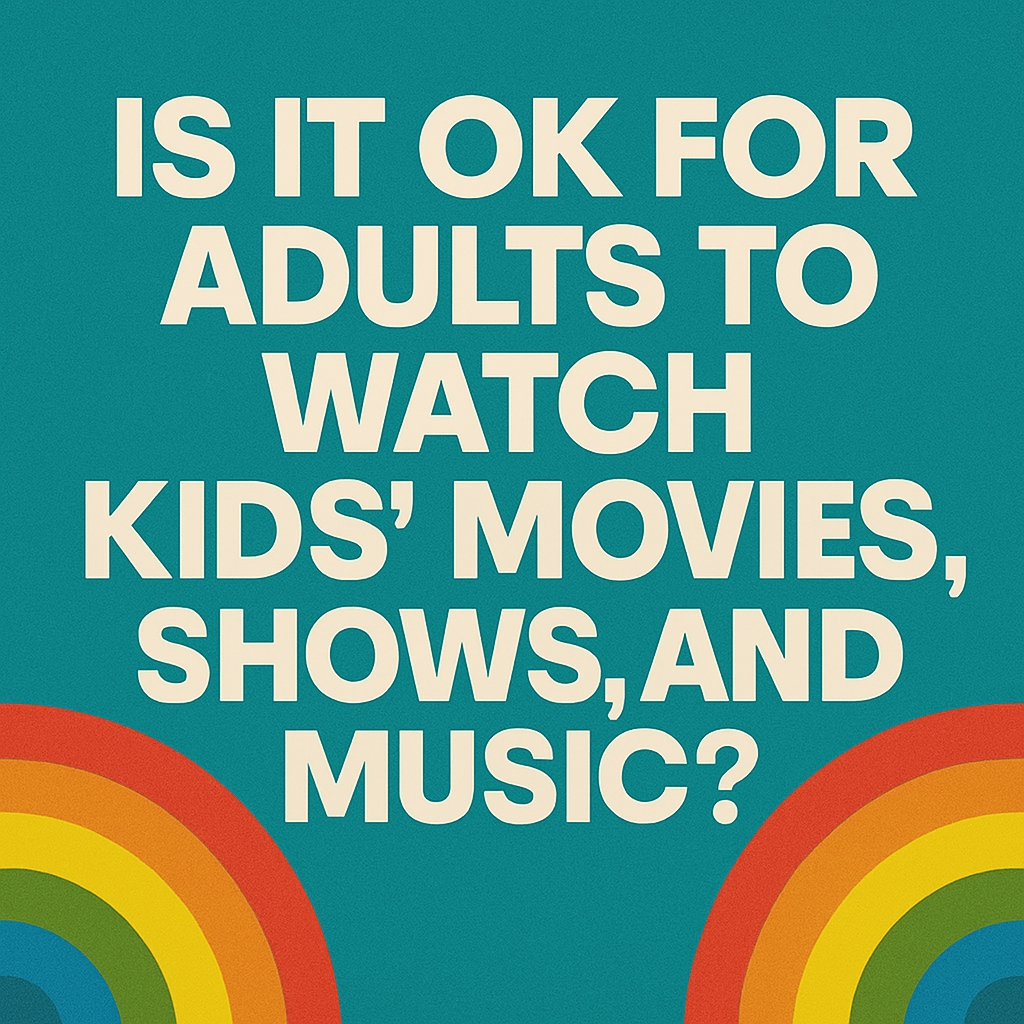
Creative Reclamation – Artists And Adults Remixing Kids Media
Children’s media is increasingly reclaimed by adult artists, educators, and creators. They remix songs, reinterpret stories, and reframe characters through emotional, political, or symbolic lenses. This reclamation is not appropriation—it’s transformation. It honors the emotional depth of the original while expanding its meaning. Musicians sample children’s songs to evoke innocence or critique nostalgia. Visual artists reimagine cartoon characters as archetypes of identity. Educators use children’s media to teach emotional literacy across age groups. These acts of reclamation reflect the symbolic power of children’s media. They affirm that these stories are not trivial—they’re foundational. Adults who remix children’s media are not mocking it—they’re elevating it. They’re saying: this matters. This shaped me. This still speaks. Creative reclamation also builds bridges. It connects generations, cultures, and emotional states. It transforms shame into celebration. And it affirms that emotional resonance is timeless. These remixes are not childish—they’re visionary. They reflect the emotional intelligence of artists who understand that meaning lives in memory. And they invite adults to engage with children’s media not as consumers—but as co-creators.
Table – Forms Of Creative Reclamation In Children’s Media
| Medium | Reclamation Strategy | Emotional Impact |
|---|---|---|
| Music Sampling | Nostalgic evocation | Memory and critique |
| Visual Art | Archetypal reinterpretation | Identity and symbolism |
| Educational Use | Emotional literacy | Healing and integration |
| Theater And Performance | Reframing narrative | Empathy and transformation |
| Podcasting And Analysis | Deep emotional unpacking | Reflection and community |
The Future Of Age-Neutral Storytelling – Where We Go From Here
Children’s media is evolving toward age-neutral storytelling. This shift reflects a broader cultural movement toward emotional inclusivity. Stories are no longer segmented by age—they’re segmented by emotional need. Shows like Bluey, Encanto, and Steven Universe model this shift. They speak to children and adults simultaneously. They offer layered meaning, emotional depth, and symbolic clarity. This evolution is not dilution—it’s expansion. It affirms that emotional resonance is universal. Age-neutral storytelling challenges the idea that maturity requires detachment. It says: you can feel, you can play, you can heal—at any age. Studios are responding. They’re designing content with emotional scaffolding that supports all viewers. This is not pandering—it’s precision. It reflects a deep understanding of how humans process story. The future of media is not segmented—it’s integrated. It’s emotionally intelligent. It’s symbolically rich. And it’s radically inclusive. Adults who engage with children’s media are not anomalies—they’re pioneers. They’re modeling a new way of being. And that way is not childish—it’s whole.
Table – Features Of Age-Neutral Storytelling
| Feature | Emotional Function | Cross-Age Appeal |
|---|---|---|
| Layered Themes | Supports multiple interpretations | Children and adults |
| Emotional Scaffolding | Builds regulation and insight | Neurodivergent and neurotypical |
| Symbolic Depth | Invites reflection | Artists and educators |
| Inclusive Characters | Affirms identity | All ages and backgrounds |
| Musical Integration | Evokes emotion | Universal resonance |
Conclusion – Growing Up Without Growing Out
To engage with children’s media as an adult is not to regress—it’s to reclaim. It’s a choice to honor emotional clarity, symbolic depth, and relational care. In a world that often rewards detachment, irony, and overstimulation, children’s media offers a sanctuary. It offers stories that name feelings, model repair, and affirm belonging. These stories are not childish—they’re courageous. They reflect the emotional intelligence we all need. Adults who watch cartoons, sing kids’ songs, or rewatch animated films are not avoiding adulthood—they’re expanding it. They’re integrating the parts of themselves that still need joy, safety, and softness. And in doing so, they’re reshaping what it means to grow up. This editorial has explored the psychological, cultural, and symbolic dimensions of this phenomenon. It has affirmed that emotional resonance is not age-gated. It has reframed shame as sovereignty. And it has invited adults to engage with children’s media not as escape—but as expression. Because growing up doesn’t mean growing out of what heals you. It means growing into it—fully, freely, and without apology.
Join The Discussion – What Does Childhood Media Mean To You
Have you ever cried during a cartoon? Do you sing along to kids’ songs when no one’s watching? What shows helped you through hard times—or brought you closer to your children, your past, or yourself?
#Hashtags #EmotionalResonance #ChildhoodMedia #AdultsWhoWatchCartoons #MentalHealthAndMedia #InclusiveStorytelling #SymbolicJoy #NeurodivergentComfort #CulturalReclamation #SoftnessIsStrength #MediaWithoutShame

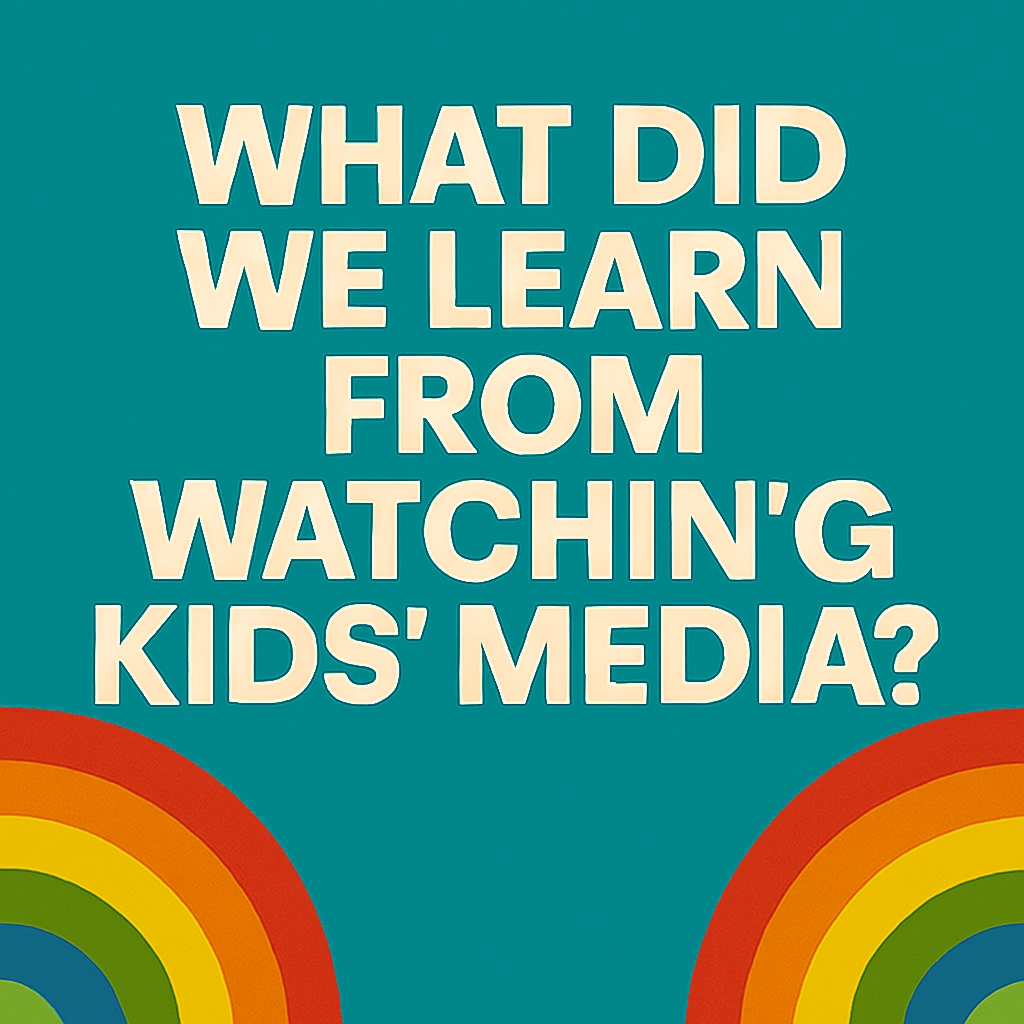
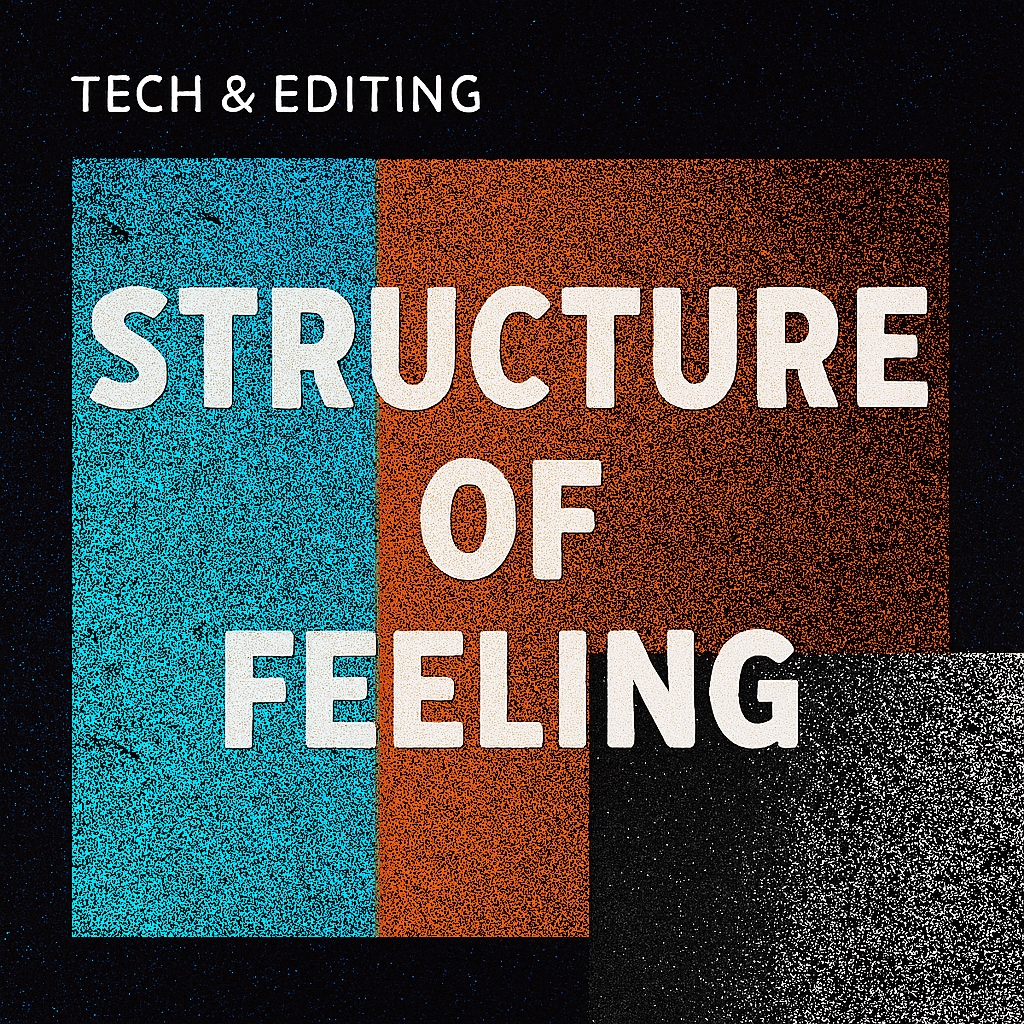






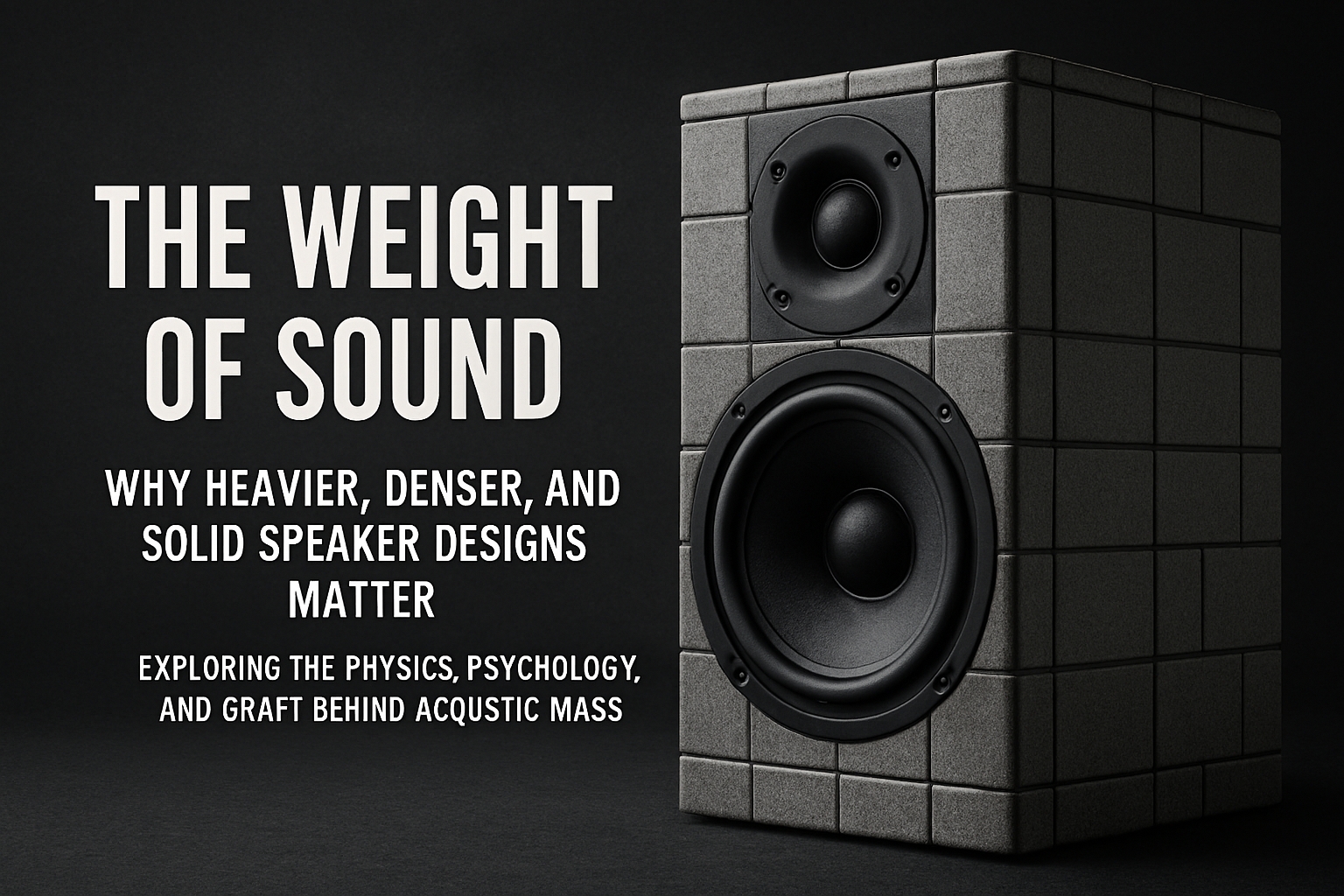
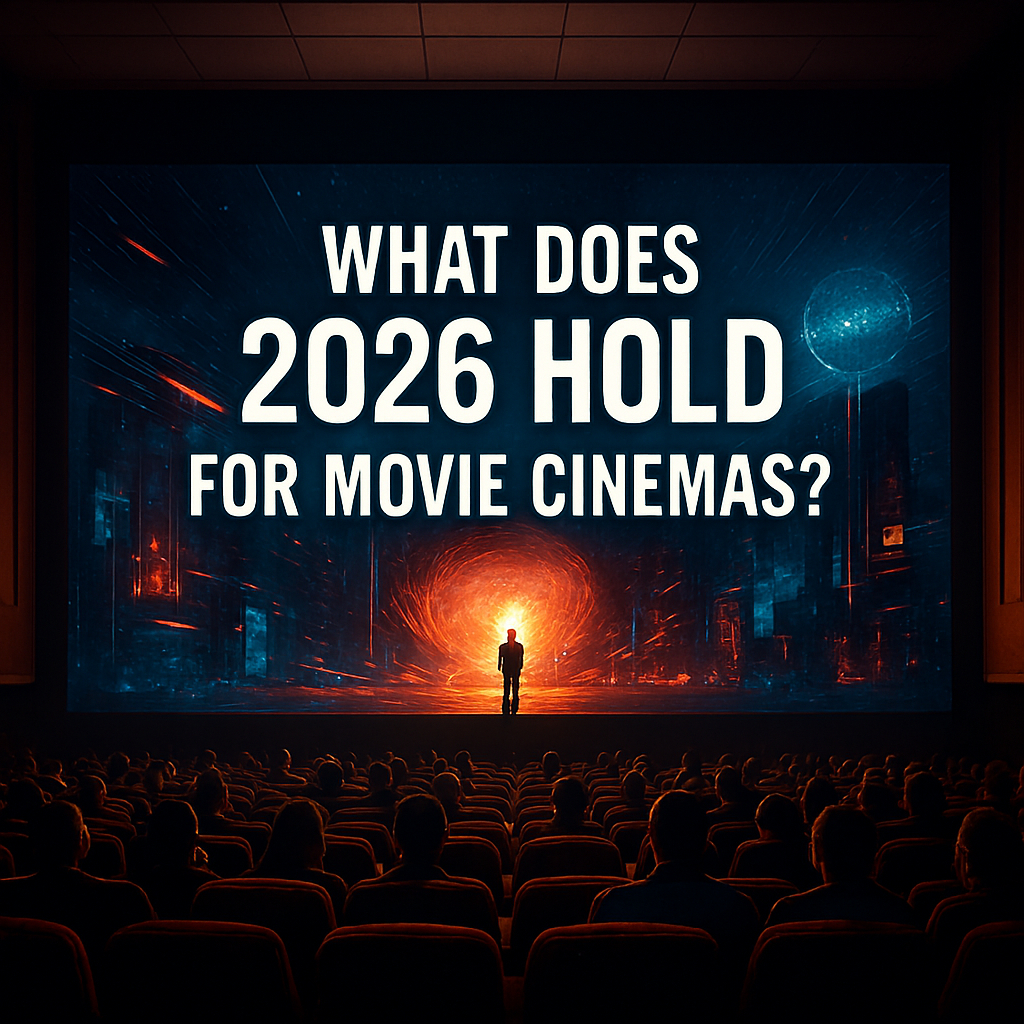
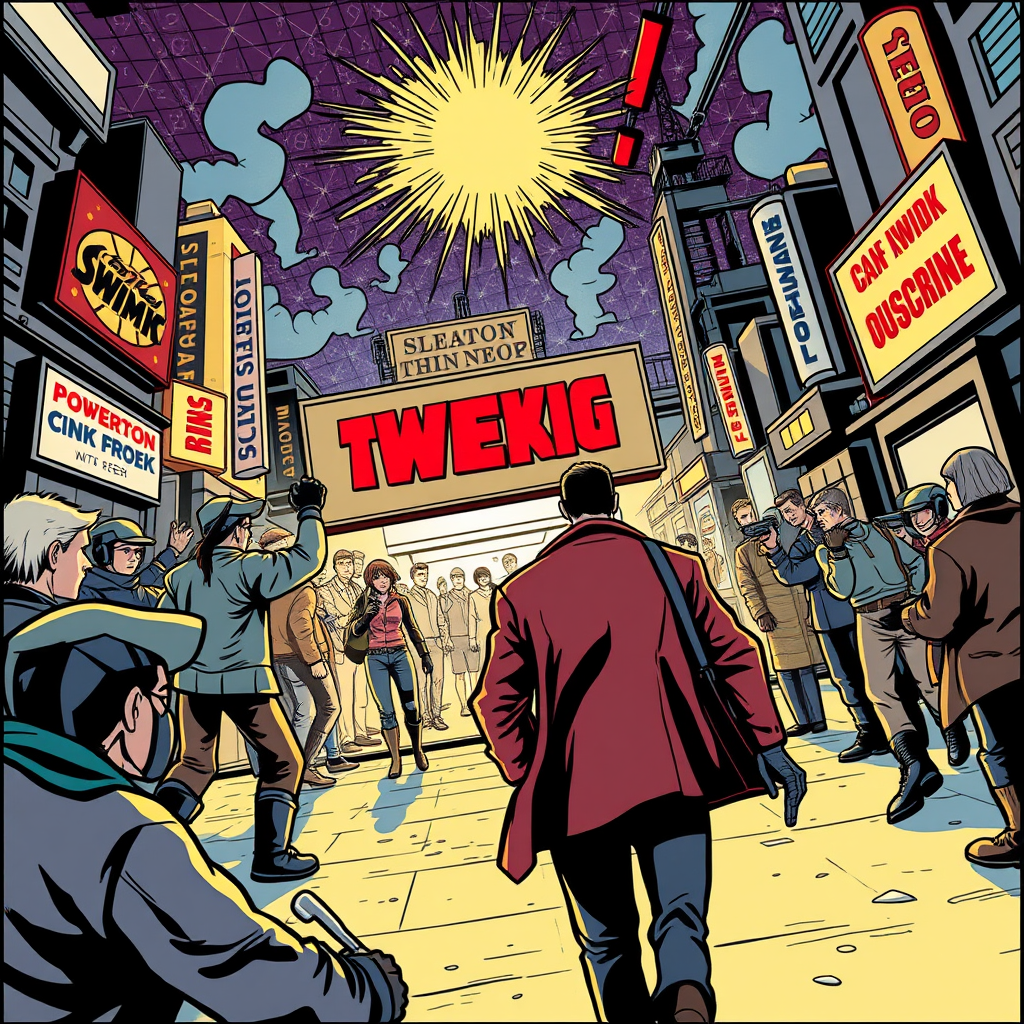



Leave a Reply